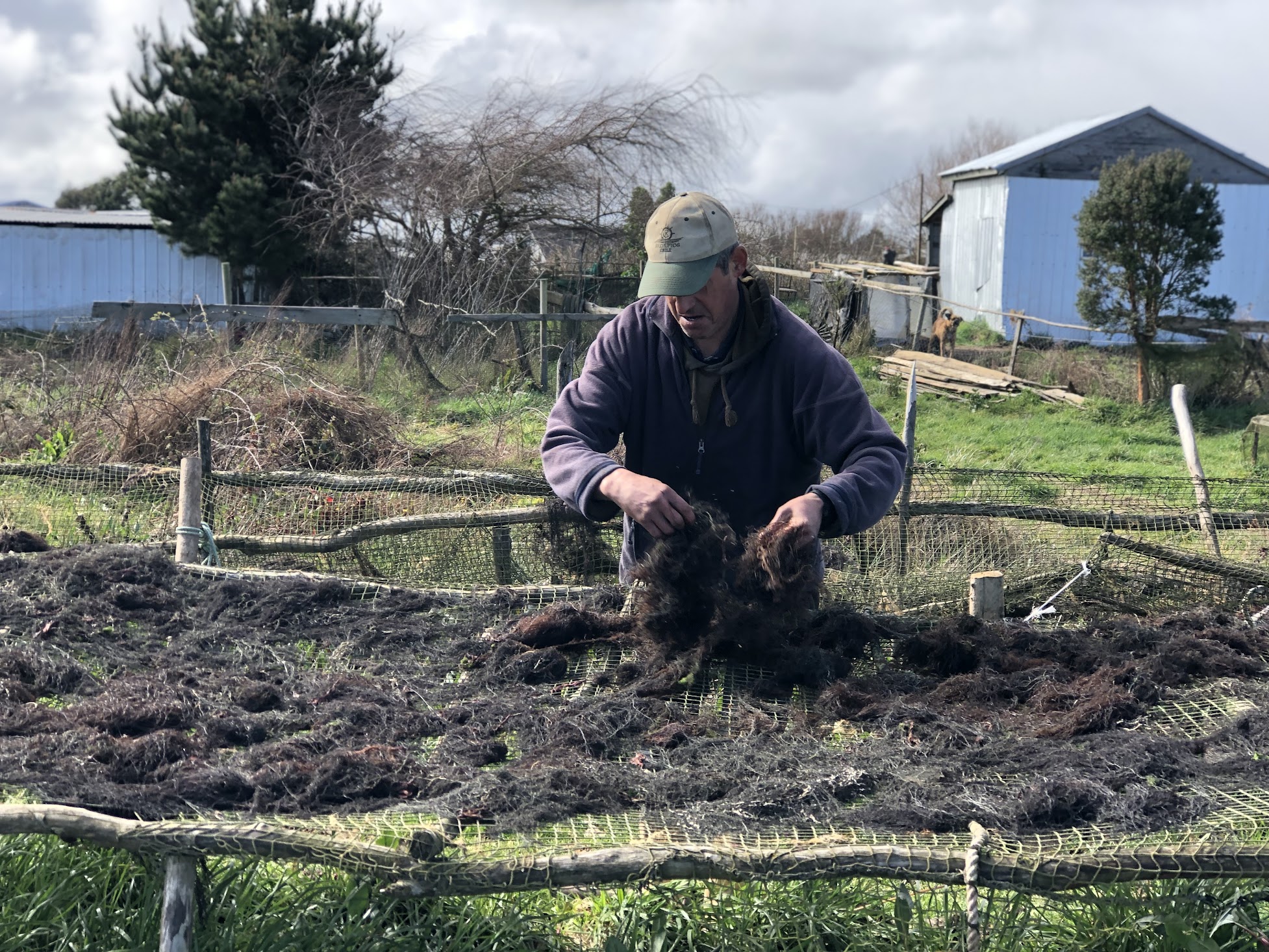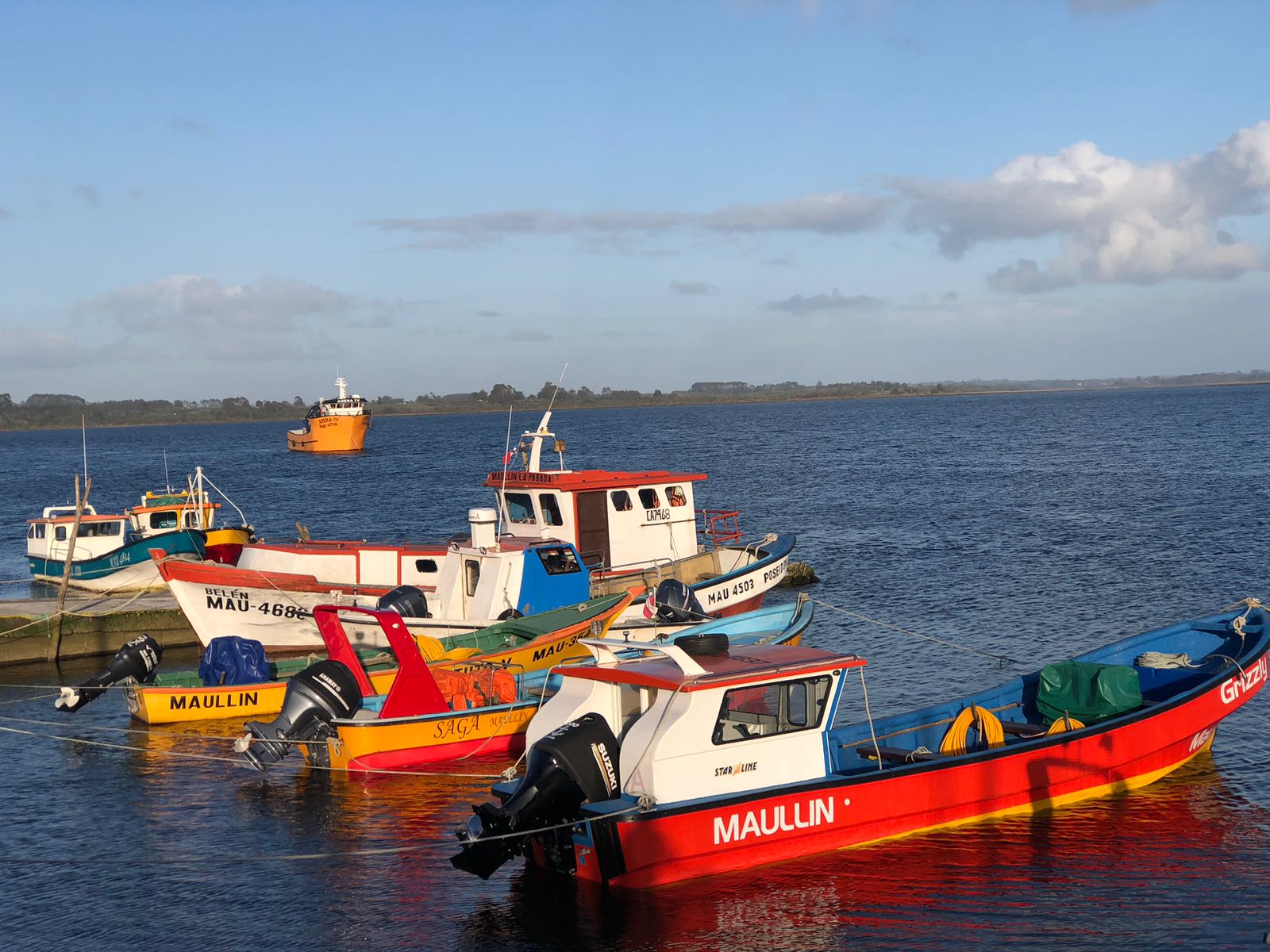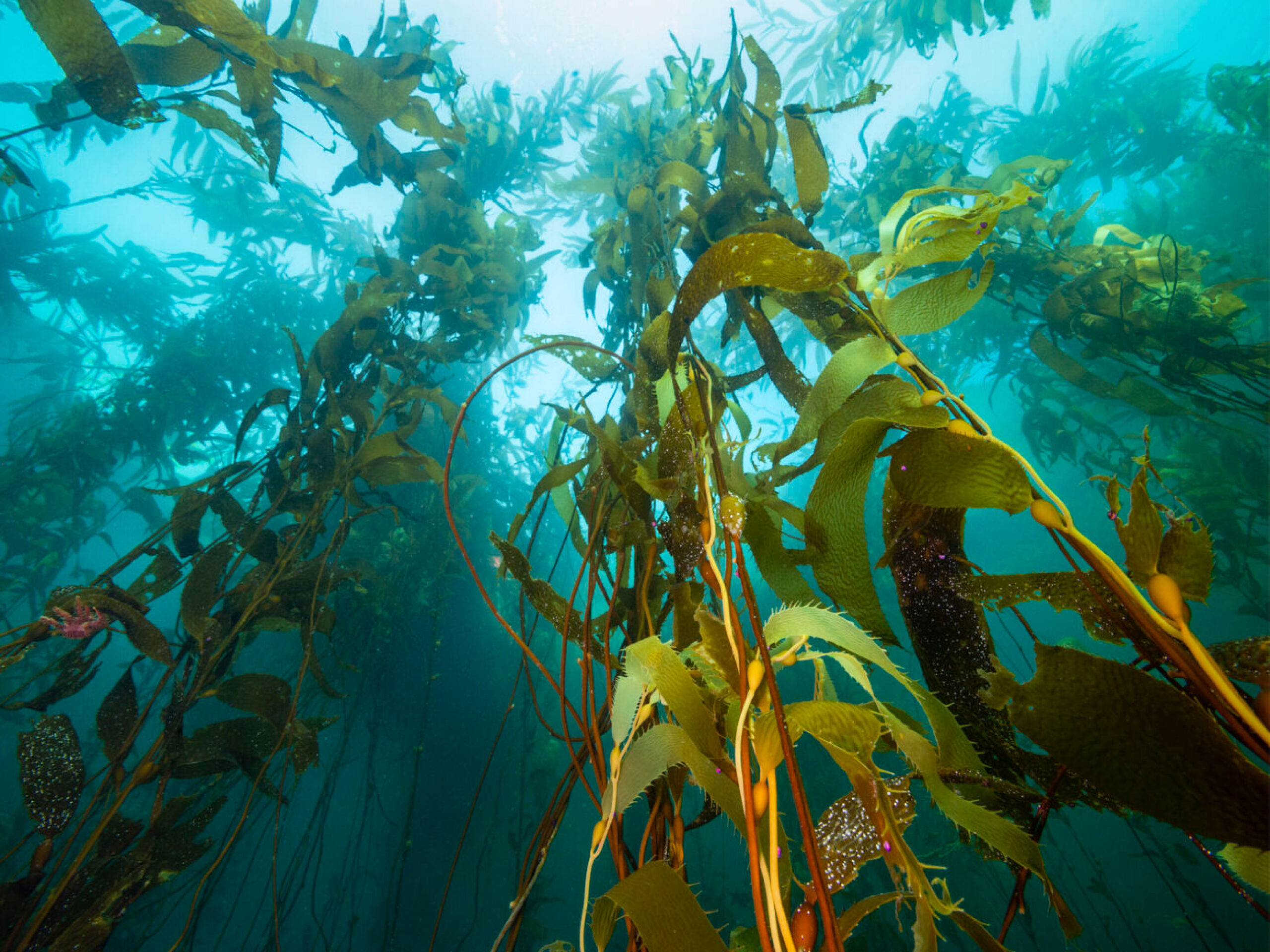Building the Sustainable Future of Seaweed in Chile



Puerto Varas, October 15, 2024 – On October 9, more than 50 key representatives from the public and private sectors, academia, civil society, and seaweed harvesters’ unions gathered at Hotel Bellavista in Puerto Varas to participate in the “Dialogue and Action” roundtable. Convened by Mayma and The Nature Conservancy Chile (TNC), the meeting’s main objective was to contribute to the creation of a roadmap for the sustainable development of seaweed farming in Chile, a key sector for the country’s coastal communities.
The Role of Communities in Seaweed Cultivation
Chilean coastal communities have a long tradition of seaweed harvesting and farming, an activity deeply rooted in their economic and cultural lives. In recent years, the sector has gained importance due to growing interest in its potential as a sustainable industry. When responsibly managed, seaweed aquaculture can offer significant benefits to local communities by promoting good practices and reducing negative impacts on marine ecosystems.
However, despite these benefits, Chile faces significant challenges. Climate change, which severely affects the region, threatens natural seaweed beds due to rising temperatures and ocean acidification. In addition, pollution, infrastructure limitations, lack of funding, and regulatory gaps also present barriers to the sustainable development of the industry.
Key Contributions for the Future of the Seaweed Industry
The Dialogue and Action workshop created a unique space for collaboration, where participants discussed the sector’s gaps and opportunities for economic growth, while also identifying priority actions to protect marine ecosystems.
Natalio Godoy, lead scientist of the marine conservation program at TNC Chile, emphasized the importance of the event, noting that it fostered: “A space of trust where people could speak from their own experience and knowledge, and contribute with perspectives and expectations to improve the sustainability of the seaweed market—from harvesting to the entire value chain—generating benefits for both local communities and the country.”
Por su parte, Juan SicardiJuan Sicardi, co-founder of Mayma, highlighted the value of collaboration and the constructive spirit that defined the day: “Highly productive ideas were generated, there was a spirit of camaraderie and collaboration, and the outcomes were truly enriching, which raises great expectations for the future of the sector.”
A Commitment to Sustainable Development
This gathering was not only a space to share knowledge and experiences—it was also a significant step toward a production model that balances Chile’s economic, social, and environmental needs. Together, participants worked to define strategic priorities and next steps to enable responsible, sustainable growth in the seaweed industry.
The event also solidified the commitment of key stakeholders to a future where sustainability is the cornerstone of the industry, ensuring that economic growth does not come at the expense of natural resources or the communities that depend on them.
Mayma and The Nature Conservancy Chile: Key Players in Sustainability
Mayma is an organization committed to accelerating the transition toward a more conscious and regenerative economy. With 18 years of experience working alongside entrepreneurs and communities across Latin America, Mayma supports projects that promote regenerative territories, with a focus on inclusion, circular economy, and climate resilience.
The Nature Conservancy Chile (TNC) is the local chapter of a global organization dedicated to the conservation of terrestrial and marine ecosystems. Through its work, TNC promotes nature-based solutions to ensure that both people and biodiversity can thrive together, tackling the challenges of climate change and advancing sustainable production practices.
A Step Toward the Future
The Dialogue and Action roundtable marked a milestone in the construction of a sustainable seaweed industry in Chile. The exchange of ideas and collaboration among diverse stakeholders laid the groundwork for a clear path forward—one where local economic development and environmental conservation go hand in hand.
